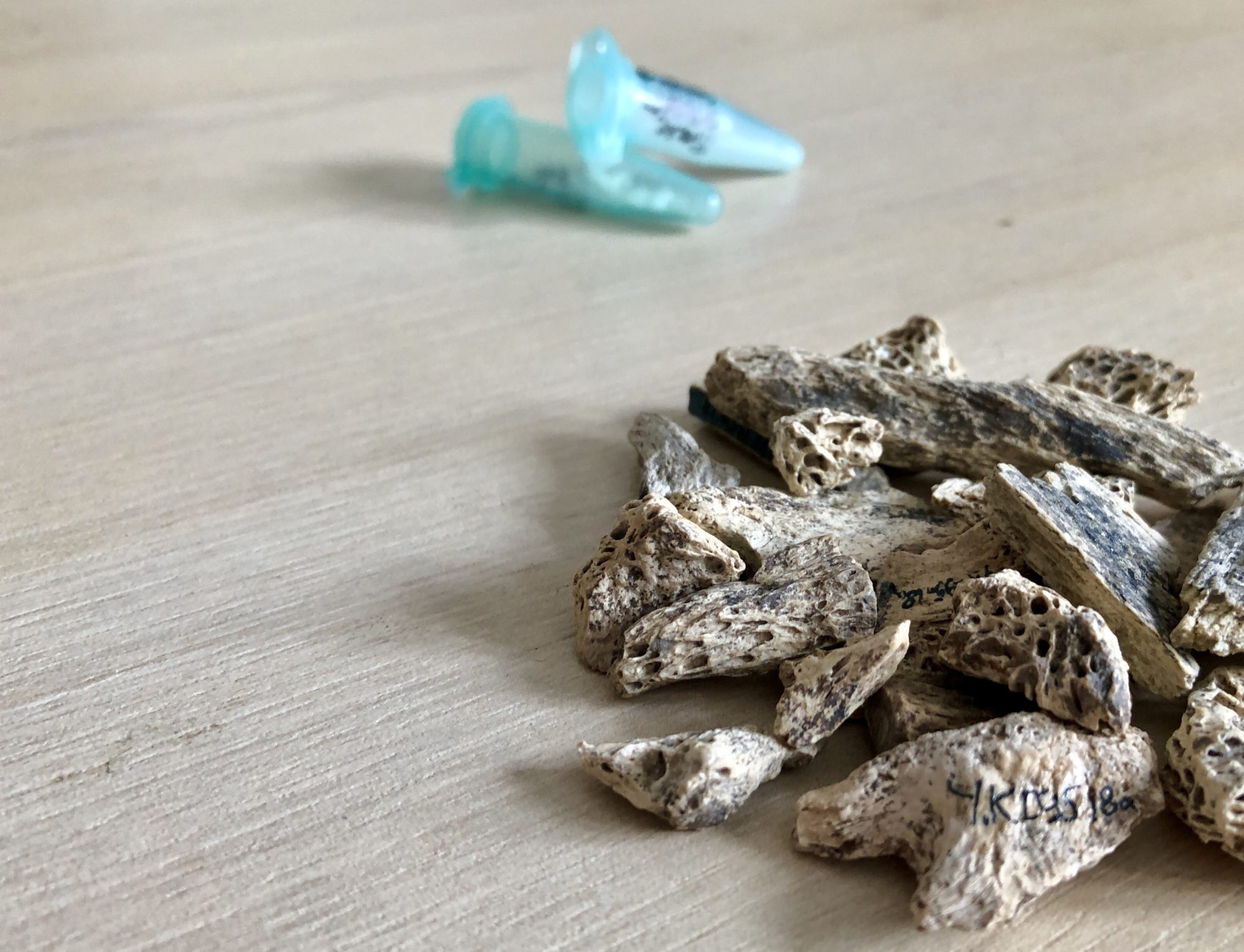Neanderthals and Denisovans are our closest evolutionary cousins.
Unlike modern humans, Neanderthals evolved outside Africa as early as 300,000 years ago. Their territory, once thought exclusively confined within Europe, is now known to extend well into Central Asia, Siberia and possibly north China too. After surviving for thousands of years in a wide range of Eurasian habitats, Neanderthal anatomy eventually became obsolete. Within Europe the timing of Neanderthal replacement is placed between 39-41,000 years ago. DNA research in the last decade has revealed that Neanderthals and modern humans interbred, since all non-Africans living today show a variable degree (1-3%) of DNA introgressed from Neanderthals. The original introgression is tentatively placed at around 100,000 years ago, but gene flow occurred until very late in Neanderthal history.
In 2010, a finger bone discovered at Denisova Cave (Siberia, Russia) was assigned using ancient DNA to a new, previously unknown human group, the Denisovans. Analysis of genome-wide data revealed that Denisovans interbred with both Neanderthals and early modern humans, and that living humans currently present in island SE Asia and Near Oceania exhibit a relatively high presence, between 4-6%, of Denisovan-derived alleles. This has been taken to demonstrate the broad geographic and ecological range of this “ghost” population. Regretfully, the dearth of Denisovan fossils, prevents a deeper understanding of the spatio-temporal distribution of this group, as well as their demographic history (origins, population size, admixture with other hominins). This patchy knowledge of a human group with deep ancestral roots stretching from the Siberian steppes to the tropical forests of SE Asia, poses severe limitations in our ability to test hypotheses and interpretative models concerning population movements, interaction and demise during the late Pleistocene.
Understanding the processes leading to the extinction of all archaic human groups ultimately leads to revealing the reasons behind the success of our species in becoming the only surviving humans on Earth. In addition to shedding light on ancient population history, migrations, extinctions and adaption to new environments, research into our close ancestors has the potential to decode the complexities that make modern humans who we are today. .

